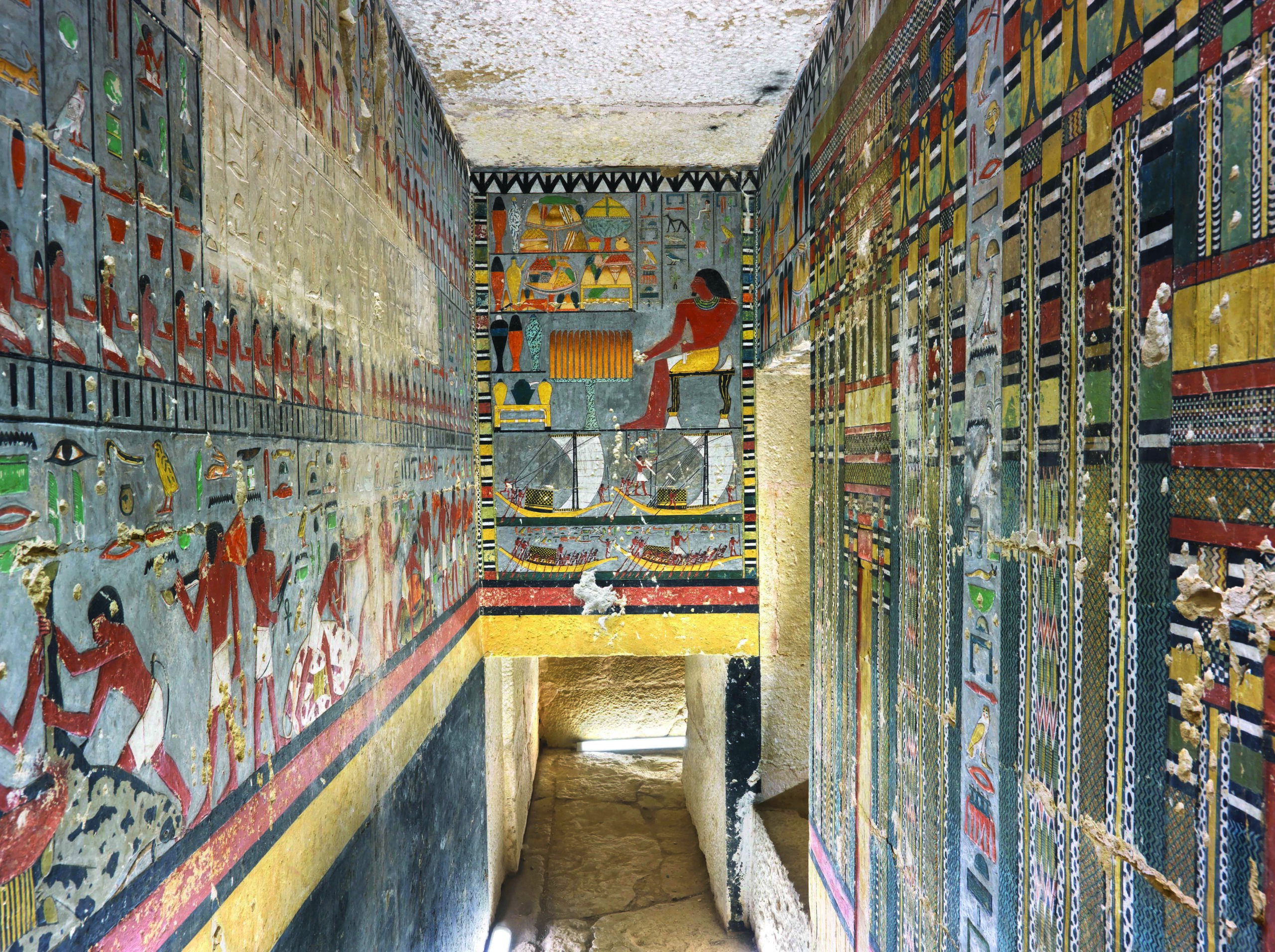MATSUE, JAPAN—According to a report in The Asahi Shimbun, dark lines on one side of a three- and one-half inch-long piece of stone may be Chinese kanji characters written some 2,000 years ago, although scientists caution that infrared imaging has not been able to confirm that the lines were drawn with ink. The artifact was unearthed at Tawayama, an archaeological site of the Yayoi Pottery Culture located on the western end of the island of Honshu, and has been dated to the beginning of the first century A.D. Takeo Kuzumi of the Archaeological Property Section of the Fukuoka city government said rubbing marks on the other side of the stone suggest it was used to grind ink. The oldest-known confirmed Japanese writing in ink, found on pottery vessels, dates to the second and third centuries A.D. To read about a hoard of bronze coins unearthed at a fifteenth-century samurai's house, go to "Samurai Nest Egg."
When Did Written Language Reach Japan?
News February 3, 2020
Recommended Articles
Features September/October 2025
Myth of the Golden Dragon
Eclectic artifacts from tombs in northeastern China tell the story of a little-known dynasty
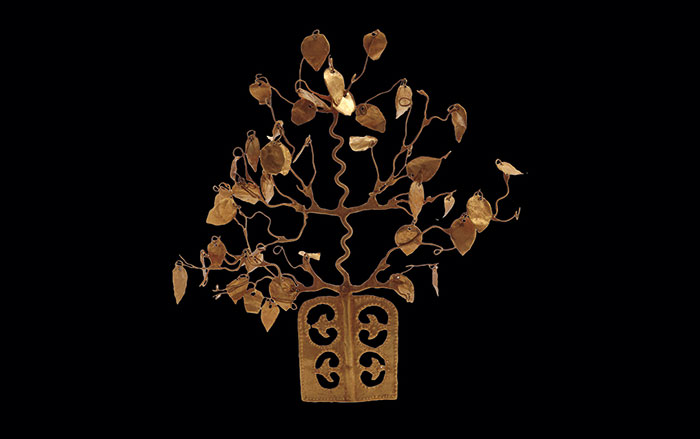
Features May/June 2025
Lost City of the Samurai
Archaeologists rediscover Ichijodani, a formidable stronghold that flourished amid medieval Japan’s brutal power struggles
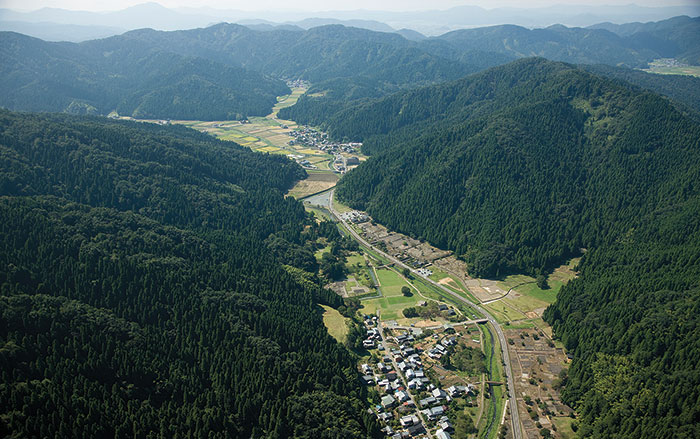
Digs & Discoveries March/April 2023
Weapons of Choice
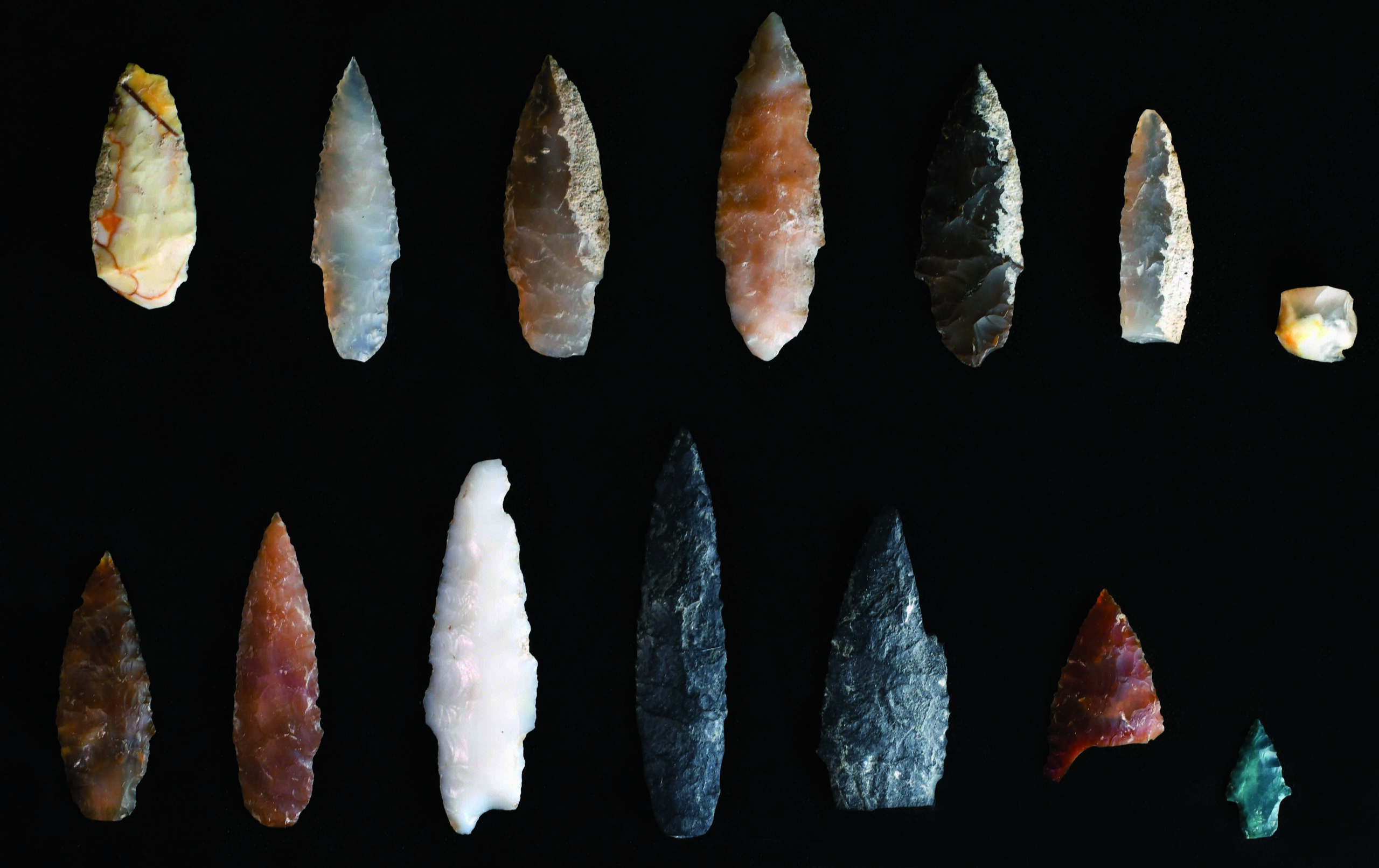
Digs & Discoveries January/February 2022
Japan's Genetic History
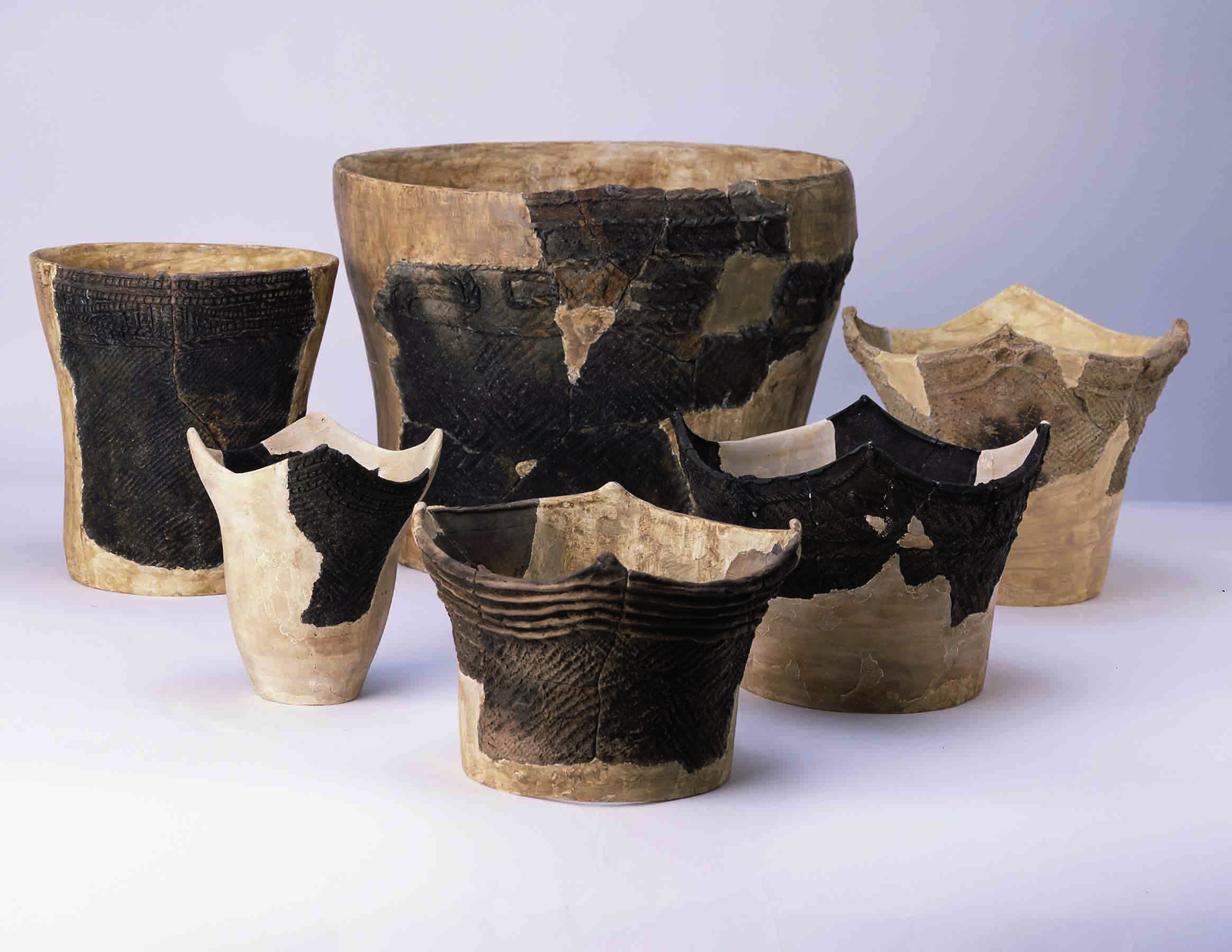
-
Letter from Ireland January/February 2020
The Sorrows of Spike Island
Millions were forced to flee during the Great Famine—some of those left behind were condemned to Ireland’s most notorious prison
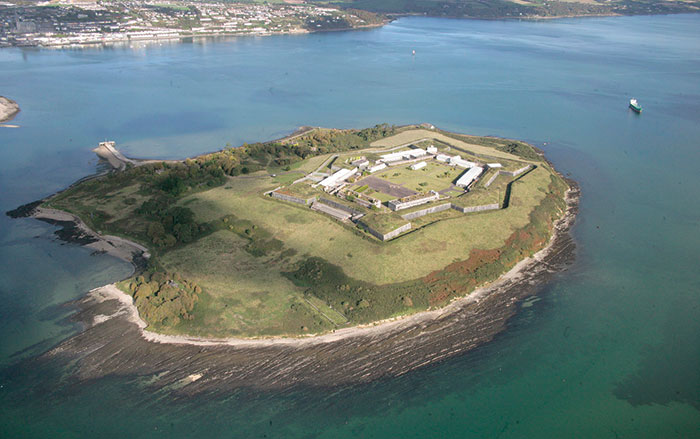 (Courtesy Barra O’Donnabhain)
(Courtesy Barra O’Donnabhain) -
Artifacts January/February 2020
Bronze and Iron Age Drinking Vessels
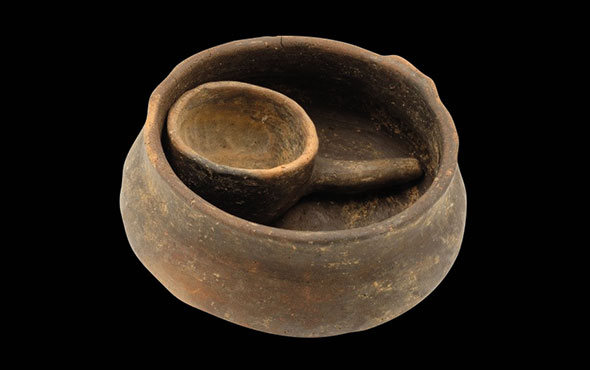 (Alexander Frisch, Museen der Stadt Regensburg)
(Alexander Frisch, Museen der Stadt Regensburg) -
Digs & Discoveries January/February 2020
The Man in Prague Castle
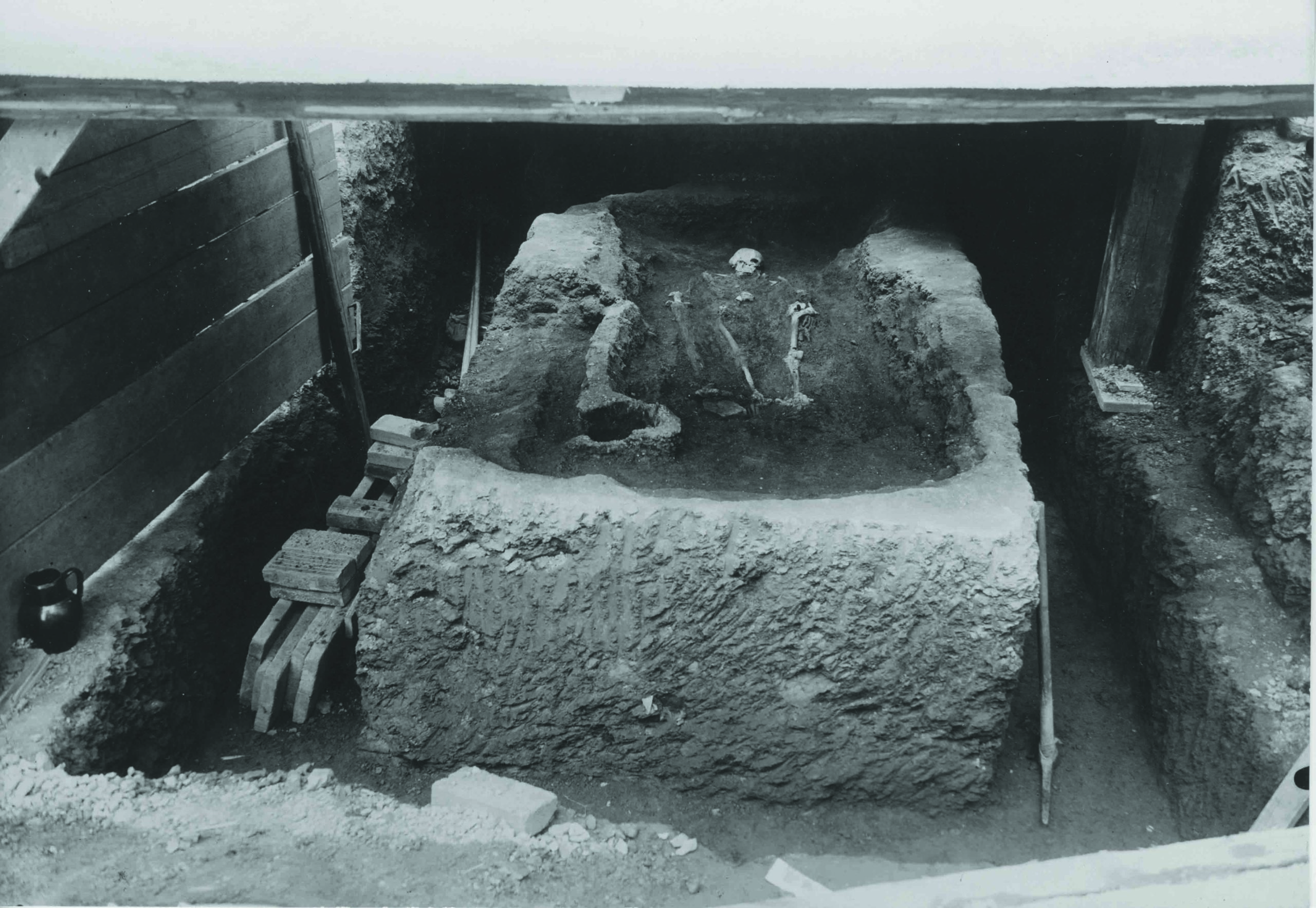 (Prague Castle excavations, Institute of Archaeology, Prague)
(Prague Castle excavations, Institute of Archaeology, Prague) -
Digs & Discoveries January/February 2020
As Told by Herodotus
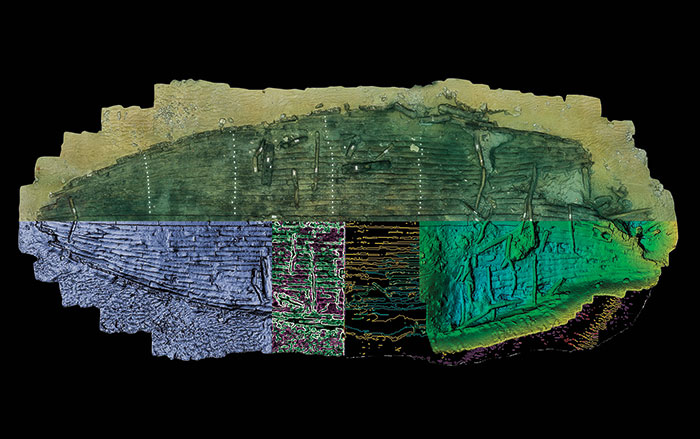 (Christoph Gerigk © Franck Goddio/Hilti Foundation, franckgoddio.org)
(Christoph Gerigk © Franck Goddio/Hilti Foundation, franckgoddio.org)


